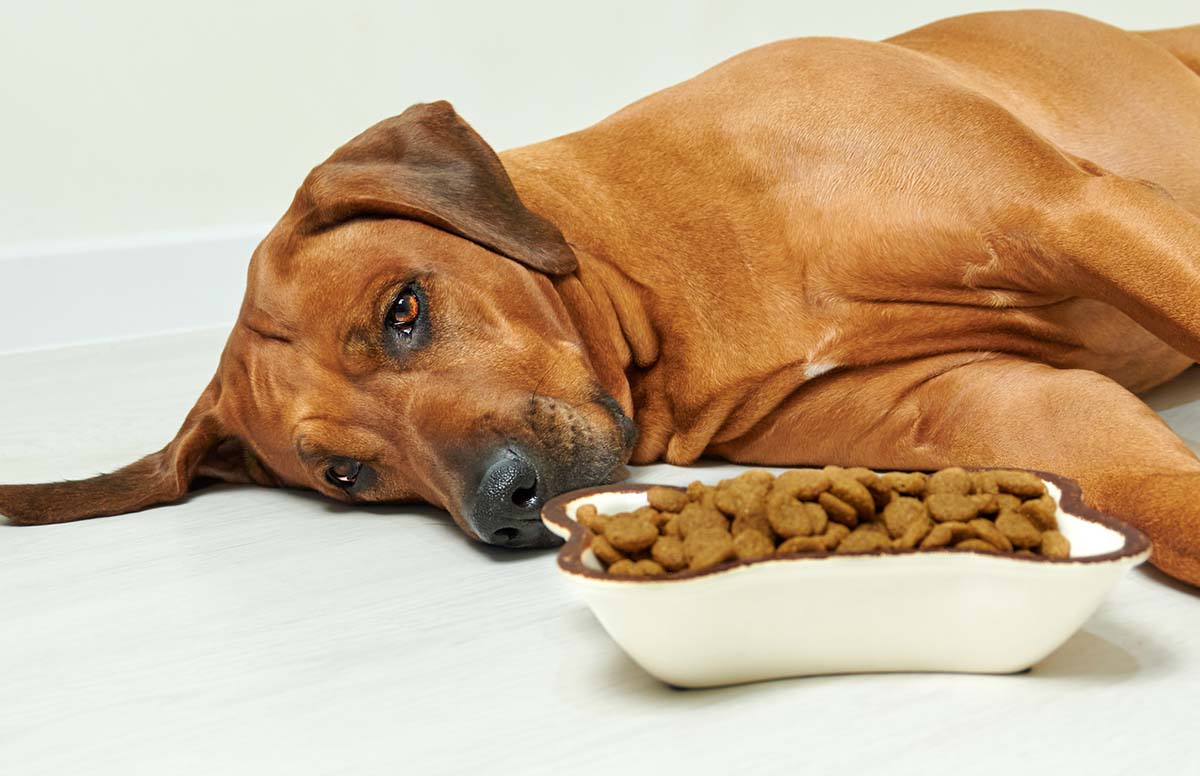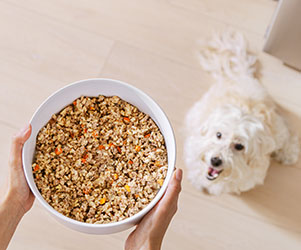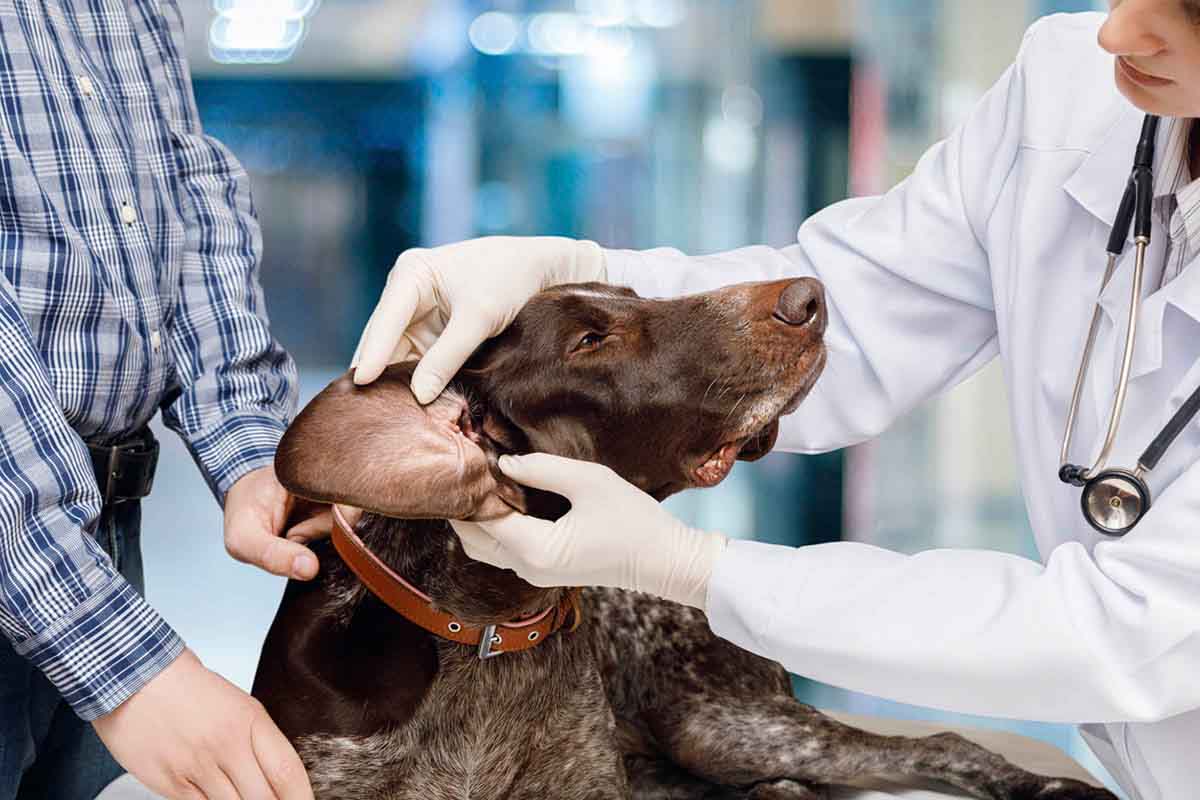Why Is My Dog Throwing Up Undigested Food?
There are a variety of reasons why your dog is throwing up undigested food. Here is why and what pet parents should do about it.
If you’re a pet parent, you know the drill. The jolt of panic that comes when you hear your four-legged friend retching. The sigh of exasperation you give upon finding the pile of dog vomit they left you. Incredibly gross? Often, yes. Especially when it’s their food. Are you wondering: why is my dog throwing up undigested food? You’ve come to the right place.
First, let’s get into what else causes dogs to vomit as well as what it means for their longterm health.
Causes of Dog Vomiting

In just one year, the ASPCA Animal Poison Control Center received more than 232,000 calls about pets who ingested toxins ranging from chocolate and plants, to prescription medications. Such ingestion of unauthorized snacks — also known as dietary indiscretions — are just one of many reasons dogs vomit.
Dr. Kendra Scheibe, DVM, notes that motion sickness, parasites, eating too fast, viral infections, and chronic health conditions are also common causes of vomiting.
In other words, vomit happens. You may not always be able to prevent it. Understanding what causes dogs to throw up can help you determine the best way to help your dog feel better.
Vomiting vs. regurgitation
It’s common for pet parents to use “vomit” as a catchall term to describe any sort of digestive mess. However, it’s important to understand the difference between vomiting and regurgitation. Both involve throwing up, but they are different processes with distinct causes, according to Scheibe.
Regurgitation often happens when a dog eats too much or too fast; the food goes in and comes right back up. And since the regurgitated food is undigested, it might be tubular in shape just like the esophagus. Regurgitation from eating too fast is the most common reason why dog throw up undigested food.
There are often no warning signs, like retching, to alert you that your pet is about to regurgitate. “It’s almost like the dog isn’t expecting it either,” Scheibe explains.
Regurgitation is rarely a cause for concern. If you notice that your dog regurgitates after eating, Scheibe suggests feeding them smaller, more frequent meals or using a puzzle dish to force them to slow down at mealtimes.
By comparison, Scheibe calls vomiting “an active process” because dogs often show multiple symptoms — such as salivating, pacing, abdominal contractions, and retching — that signal they are about to vomit.
The most common causes of vomiting are many and varied. Your dog might vomit after eating from the trash can, swallowing a sock, or riding in the car. Intestinal parasites, viral infections, and even chronic conditions like diabetes and cancer can also trigger vomiting.
What Your Dog’s Vomit Is Telling You

Though your first reaction to vomiting might be to clean it up as fast as possible, taking a closer look (and sniff) to assess the color, texture, and odor can reveal important clues about potential underlying causes.
Here’s a quick guide to help you interpret what your dog’s vomit may be telling you:
Chunky vomit: Large chunks of stomach contents could be a sign that your dog ate something unauthorized. The color and texture will vary depending on what they consumed and might even contain telltale signs of evidence. Evidence like bits of fluff from a formerly-stuffed toy, or remnants of a paper plate stolen from the garbage can.
Dark brown or black vomit: These colors aren’t typical for vomit and could be an indication that there’s blood mixed in with the throwup. If you see dark brown or black vomit, it’s time to call the vet, Scheibe says.
Strong-smelling vomit: All vomit has a foul odor, but dogs with canine parvovirus, a contagious virus, produce vomit that has a distinct smell. Vomit with a rancid smell could also be a sign of necrotic tissue and is a reason to call the vet.
Liquidy yellow or green vomit: Small amounts of yellow or green liquid that looks like foam is often bile. That could be an indication that your dog is hungry. “If your dog is anticipating a meal, their bodies are producing bile in anticipation of being fed. The foam is because they are salivating before throwing up,” Scheibe explains.
Alternatively, there could be a foreign object stuck in your dog’s stomach and they are trying to throw it up, but only bile is coming out. If this is the case and your dog has a bout of frequent vomiting, watch out for blood in your dog’s bile and take them to the vet. They will need to do an ultrasound or take x-rays to check for a foreign body.
What to Do When Your Dog Throws Up
It’s always a good idea to call the vet when your dog starts vomiting after eating something you know to be toxic or a non-food item. In these cases, Scheibe notes that immediate medical attention is essential to address damage from toxins or possible intestinal blockage.
Cases of chronic vomiting also require veterinary attention as they may be an underlying condition like pancreatitis, megaesophagus, Addison’s disease, bloat, or distemper that needs to be addressed.
Sometimes, a wait-and-see approach may be ok. A dog who wolfs down an all-too-tempting array of table scraps and then starts vomiting might just need time for its stomach to settle after a feast. Withholding food for a bit — while making sure the dog can access water to stay hydrated — is often all it takes for your four-legged friend to start feeling better, according to Scheibe.
Some dogs may try to eat grass after vomiting; it’s ok to let them, assuming the lawn is pesticide-free. “Eating grass won’t make vomiting worse,” says Scheibe. “It’s their way of trying to induce vomiting and it might make them feel better.”
Dog Vomiting Prevention & Treatment
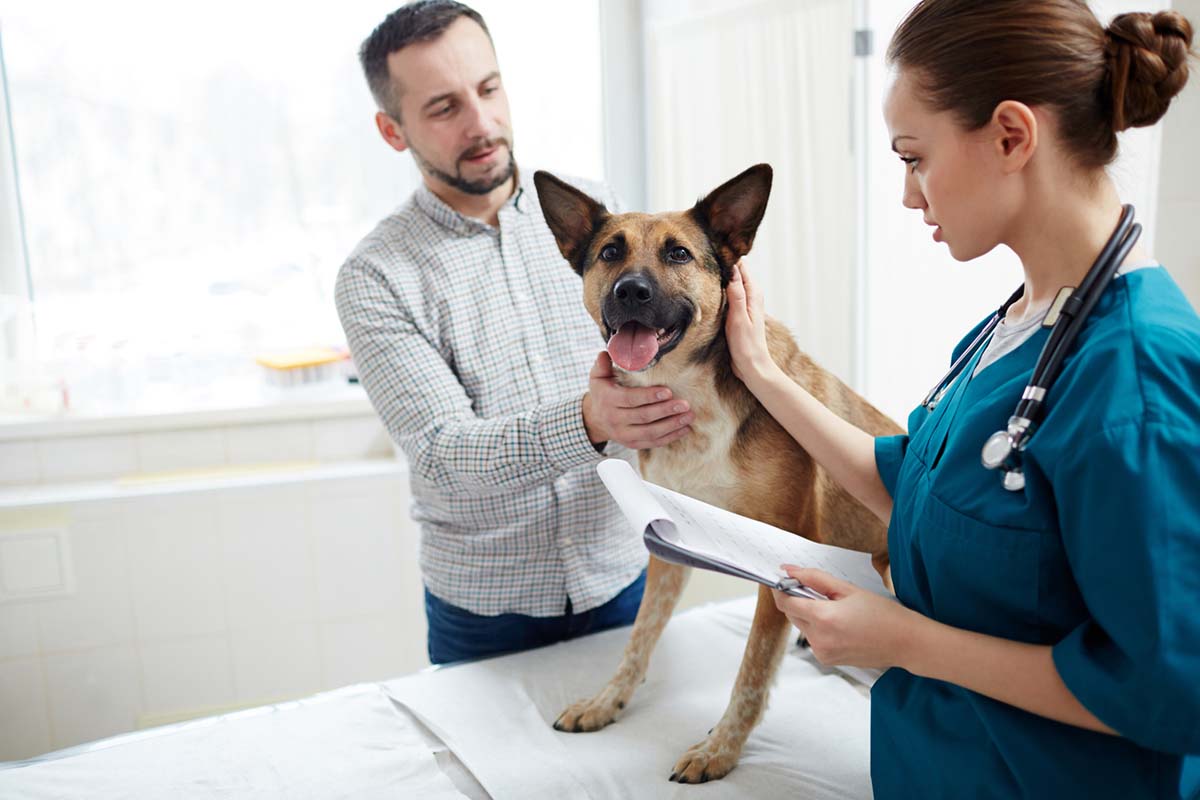
As previously mentioned, you can’t always control dog vomit. But prevention can play a huge role in helping you minimize it. There are several ways pet parents can accomplish that.
Preventative Healthcare
One of the most important things you can do to prevent or limit the amount of dog vomit in your life is to protect your dog from contracting illnesses that can cause vomiting.
“Be sure to keep your dog up-to-date on vaccinations to prevent parvo and give them monthly preventives for worms and other parasites that can cause vomiting,” Scheibe says.
Environmental Protection
For dogs who are prone to eating from the trash or turning slippers and socks into snacks, a few simple precautions around the home can help your dog avoid digestive system issues. Dog owners should:
- Secure garbage cans with tight-fitting lids.
- Keep closet or bedroom doors closed and laundry baskets out of your dog’s reach.
- If your dog is a counter-surfer, keep surfaces free of tempting foods and toxic treats.
- Be aware of everyday substances that can pose a danger to your dog, including prescription and over-the-counter medications, sugar-free gum and candies, lawn and garden chemicals, and cleaning supplies.
In other words, dog-proof your home just like you would for a very inquisitive toddler. Controlling your environment can reduce the likelihood of dog vomiting and keep your dog safer.
Dietary Prevention
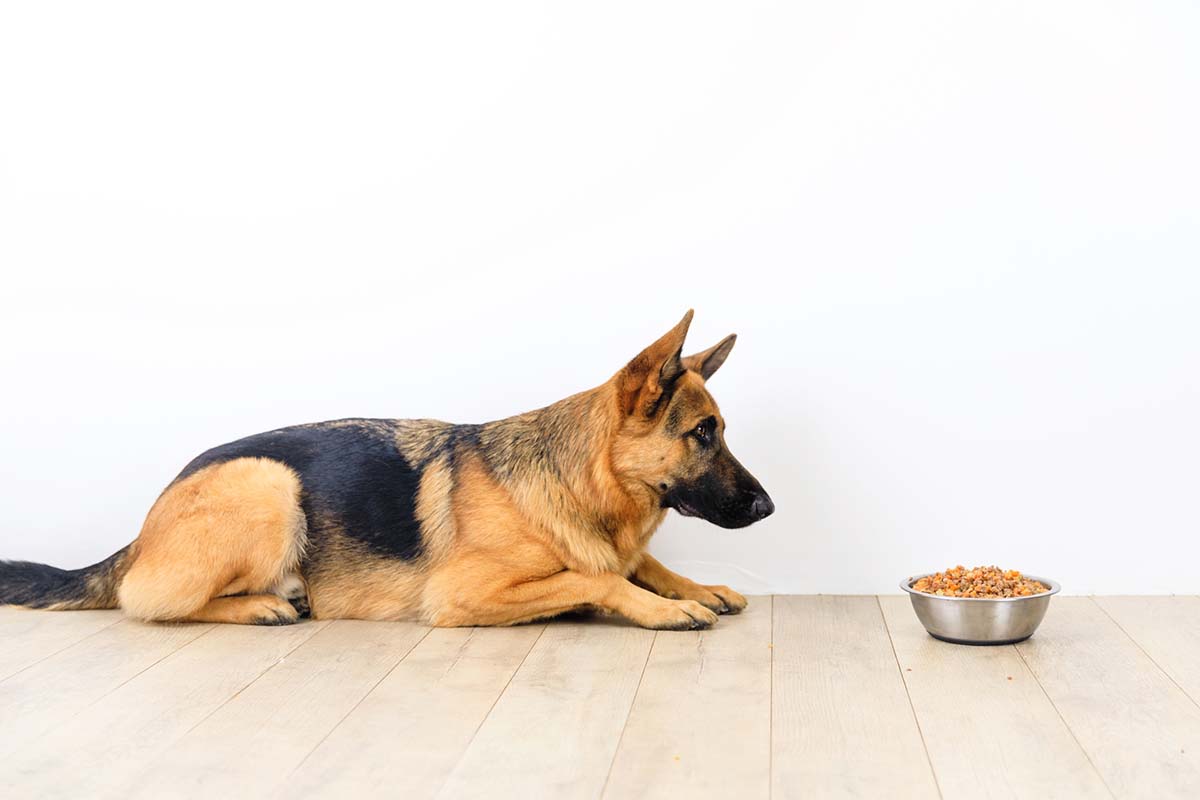
Another possible reason your dog is throwing up undigested food is diet. Maintaining your dog’s health starts with good nutrition. Your veterinarian may recommend a change in your dog’s diet to address any underlying conditions that could be making your dog to vomit.
Dogs with sensitive stomachs, food allergies, or chronic diseases like pancreatitis are often prone to vomiting. If you’re feeding your dog a diet that’s higher in fat, like some commercial kibble, that could aggravate a dog’s digestive tract that is particularly sensitive. “Switching to a nutritionally balanced, whole-food meal option that’s lower in fat, like JustFoodForDogs Fish & Sweet Potato formula, could help ease their troubled tummy,” says Scheibe. The recipe is made from fresh Alaskan Pacific wild-caught cod, which is an excellent source of low-fat protein.
Some dogs have sensitivities to common proteins, which could contribute to chronic vomiting. Scheibe recommends switching to a novel protein such as venison or pork to remedy regurgitation issues and vomiting episodes.
Low-residue dog foods are another option to ease gastrointestinal tract distress. These are typically low-fiber, easily-digestible foods designed to maximize nutrient absorption without causing undue digestive upset. JustFoodForDogs’ veterinarian-approved Balanced Remedy bland diet is an incredibly simple and effective low-residue formulation made from fresh, whole ingredients to support digestive health.
“Whole foods are more digestible than kibble and generally well tolerated by dogs with gastrointestinal sensitivities,” says Scheibe. “If the vomiting is accompanied by diarrhea or stool problems, indicating GI upset that extends to the colon, a high-quality probiotic can also restore the balance of the gut microbiome and help dogs feel better.”
Be proactive
While vomiting is probably not what you love most about your furry friend, taking proactive steps to prevent it and knowing what to do when it does happen can make it much more manageable.
Be sure to watch for any red flags like excessive drooling, abdominal pain, loss of appetite, or sudden weight loss that indicate you may be dealing with a more serious health issue. Call your veterinarian immediately for guidance.
And even if your dog’s just dealing with a regular old case of tummy trouble, keep in mind that what you put into your dog’s body has a big effect on what comes out of it.
This content is for informational use only and does not replace professional nutrition and/or medical advice, diagnosis, or treatment. It is not a substitute for and should not be relied upon for specific nutrition and/or medical recommendations. Please talk with your veterinarian about any questions or concerns.
